Television characters from decades past were often products of their time, reflecting the cultural norms, humor, and storytelling styles of the era. While some remain timeless, others would undergo drastic changes if they were created today. Whether due to shifts in societal values or advancements in character development, these 12 TV characters from the past would be completely different if they appeared on our screens now.
1. Archie Bunker (All in the Family)
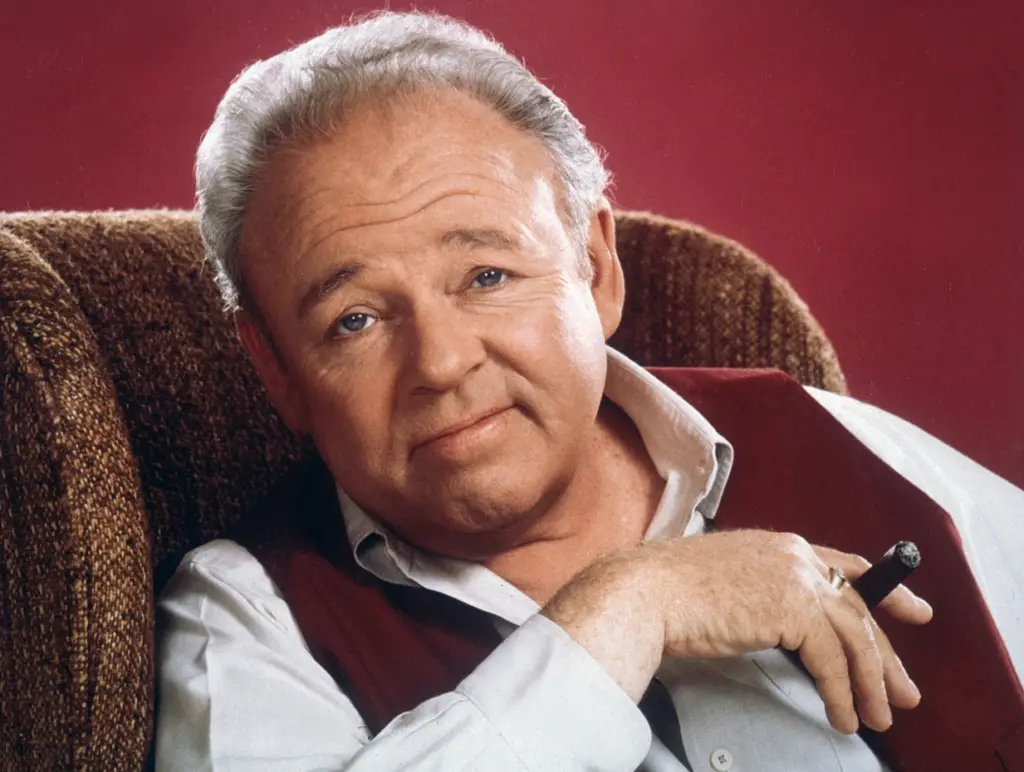
Archie Bunker, played by Carroll O’Connor, was the epitome of the opinionated, bigoted patriarch in All in the Family. His outdated views on race, gender, and politics were the focal point of the show’s groundbreaking commentary. While he was never meant to be a role model, Archie became an icon for addressing uncomfortable topics with humor and satire, often exposing the absurdity of his own prejudices.
If Archie were created today, he would likely be written with more nuance and less overt bigotry, perhaps as a character grappling with his own biases in a world that’s moved far beyond his comfort zone. While he might still spark debates, the portrayal would likely aim to avoid unintentionally glorifying harmful stereotypes. His story would focus more on his journey toward understanding rather than staying entrenched in his outdated beliefs.
2. Lucy Ricardo (I Love Lucy)
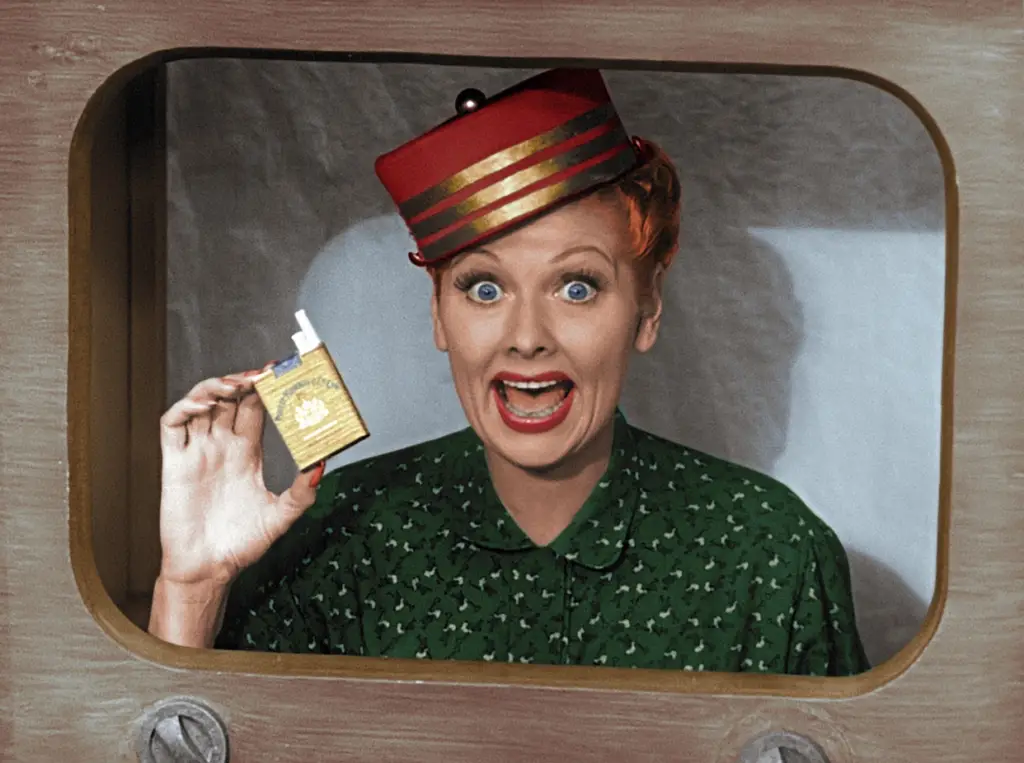
Lucille Ball’s Lucy Ricardo was a comedic trailblazer, known for her hilarious schemes and her knack for getting into trouble. While her antics were timeless, her character was also firmly rooted in the domestic sphere of the 1950s, with much of her humor revolving around her attempts to break free from traditional gender roles.
In today’s world, Lucy would likely be depicted as a more independent and self-assured character, with ambitions beyond just breaking into showbiz or outsmarting her husband. Her comedic escapades might revolve around navigating modern challenges, such as balancing a career, family, and friendships, giving her a more multifaceted and empowered persona.
3. Fonzie (Happy Days)
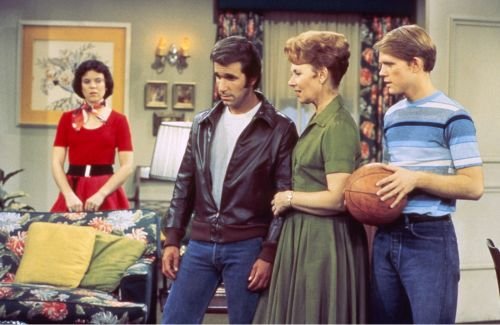
Arthur Fonzarelli, or “The Fonz,” was the epitome of cool in the 1970s. With his leather jacket, motorcycle, and catchphrases like “Ayyy,” Fonzie was the ultimate greaser stereotype, embodying a hyper-masculine, almost cartoonish ideal of toughness and charm. He was lovable, but his emotional depth was rarely explored in the early seasons of Happy Days.
Today, Fonzie would likely be portrayed with more vulnerability and a backstory that delved into the challenges behind his tough-guy persona. Modern audiences would expect a character like Fonzie to address toxic masculinity, showing that being “cool” doesn’t mean suppressing emotions or avoiding meaningful connections.
4. Samantha Stephens (Bewitched)
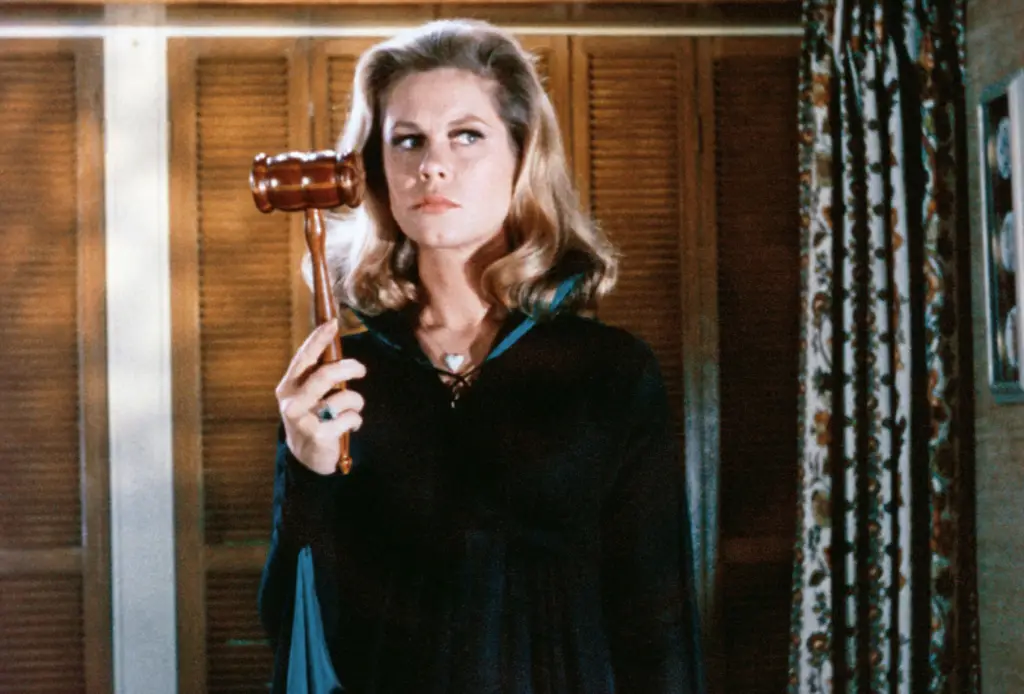
Elizabeth Montgomery’s Samantha Stephens was the charming witch-next-door who tried to live as a typical suburban housewife while keeping her magical powers under wraps. Much of the show’s humor came from her husband, Darrin, insisting she suppress her supernatural abilities to fit societal norms.
A modern Samantha wouldn’t be hiding her powers for anyone’s comfort. Instead, she’d likely embrace her unique abilities as part of her identity, using them to balance her career, family, and personal goals. Darrin would probably have a much more supportive role, celebrating her talents rather than asking her to conform.
5. George Jefferson (The Jeffersons)
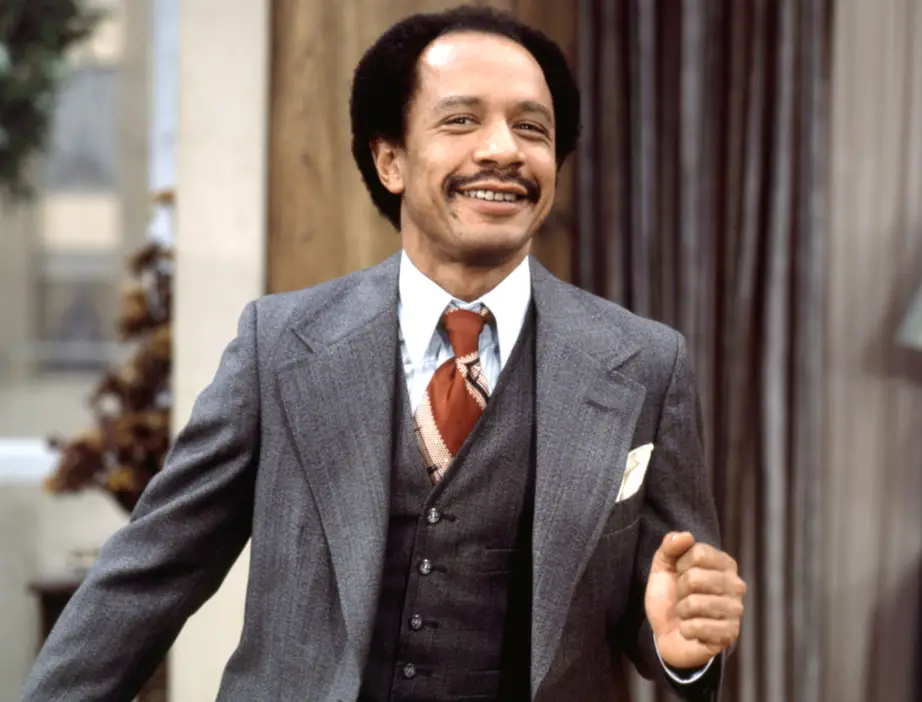
Sherman Hemsley’s George Jefferson was a self-made man who climbed the social ladder, moving his family from a modest neighborhood to a luxury Manhattan apartment. While his sharp wit and no-nonsense attitude made him iconic, George’s humor often relied on his brash, sometimes offensive remarks.
In a modern context, George might still have his ambitious edge, but his humor would be more reflective of today’s conversations around class and race. His journey as a successful entrepreneur would likely focus on systemic barriers and the complexities of achieving the American Dream in today’s world.
6. Jessica Fletcher (Murder, She Wrote)
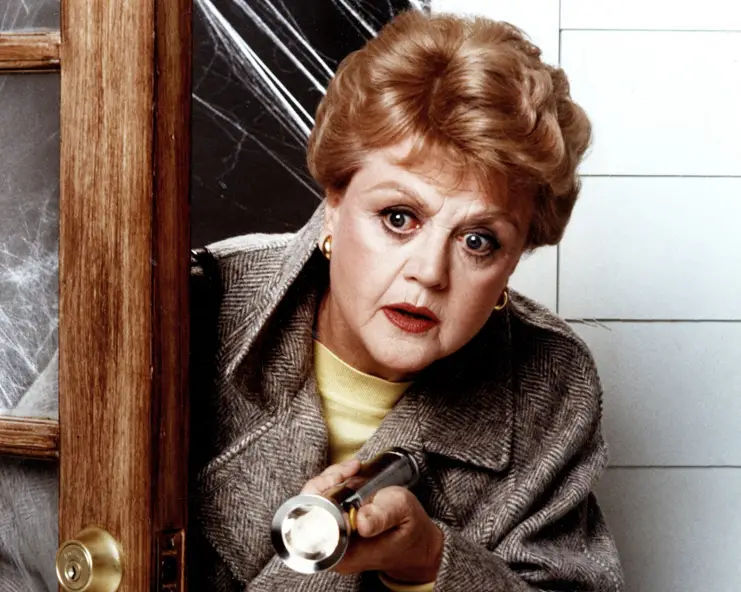
Angela Lansbury’s Jessica Fletcher was a retired schoolteacher-turned-mystery writer who had an uncanny knack for solving murders. While she was a beloved character, the series never delved deeply into her personal life or explored her motivations beyond her sleuthing hobby.
In today’s television landscape, Jessica would likely have a more complex backstory, with deeper exploration of her relationships and the toll of constantly encountering crime. Modern audiences might see her grappling with the ethical dilemmas of amateur sleuthing or even teaming up with law enforcement as an expert consultant.
7. Ricky Ricardo (I Love Lucy)
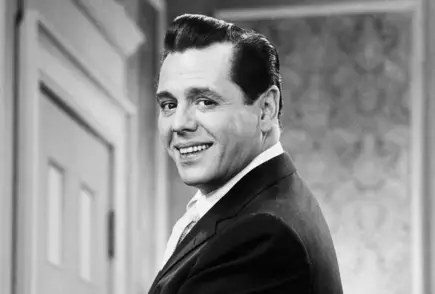
Ricky Ricardo, played by Desi Arnaz, was Lucy’s charming but often exasperated husband. While he was groundbreaking as a Cuban-American lead in a major TV show, his character leaned heavily on stereotypes, from his fiery temper to his broken English punchlines.
A contemporary Ricky would likely be a more nuanced character, showcasing the richness of his cultural heritage without relying on clichés. His relationship with Lucy would probably reflect a more equal partnership, with mutual respect and shared dreams taking center stage.
8. J.R. Ewing (Dallas)
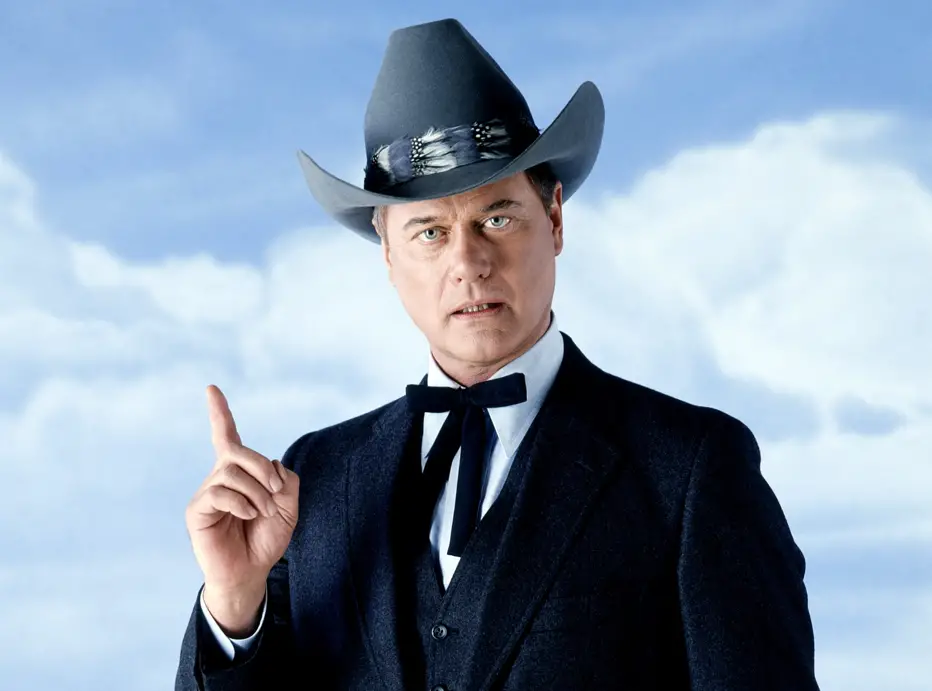
Larry Hagman’s J.R. Ewing was the quintessential TV villain, a ruthless oil tycoon who stopped at nothing to get what he wanted. His character embodied the greed and cutthroat ambition of the 1980s, becoming a symbol of corporate excess.
In today’s world, J.R. might still be a powerful businessman, but his schemes would likely address modern issues like environmental concerns, corporate ethics, and social responsibility. His character would be less about unchecked greed and more about navigating the moral gray areas of power and influence.
9. Hawkeye Pierce (MASH)
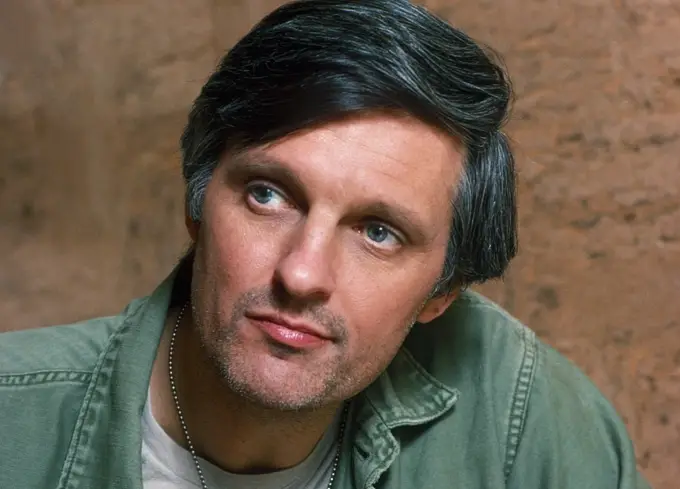
Alan Alda’s Hawkeye Pierce was the wisecracking surgeon who used humor to cope with the horrors of war. While he was a beloved character, some of his jokes and attitudes—particularly toward women—haven’t aged well.
A modern Hawkeye would still be a quick-witted, compassionate figure, but his humor would likely avoid the sexist undertones of the original. His character might also delve more deeply into the psychological toll of war, reflecting today’s more nuanced approach to mental health and trauma.
10. Edith Bunker (All in the Family)
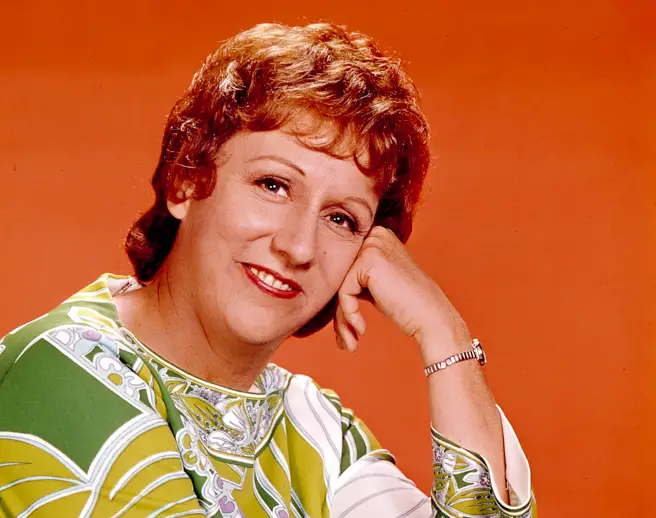
Jean Stapleton’s Edith Bunker was the sweet, kind-hearted wife of Archie, often serving as the voice of reason in the household. However, her overly submissive demeanor and reluctance to stand up to Archie reflected the gender norms of the time.
In a modern retelling, Edith would likely have more agency and confidence, challenging Archie’s views more directly and asserting her own beliefs. Her character could still embody kindness and empathy but with a stronger sense of independence.
11. Gilligan (Gilligan’s Island)
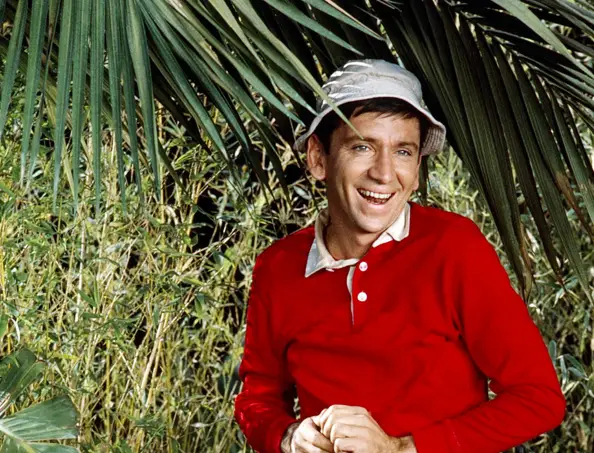
Bob Denver’s Gilligan was the lovable goof whose well-meaning mistakes kept the castaways stranded. While his bumbling antics were endearing, his character often lacked depth, serving primarily as comic relief.
A modern Gilligan might still be clumsy and fun-loving, but he’d likely have a more developed backstory and personal growth arc. Today’s audiences would expect a character with his level of screen time to evolve and contribute more meaningfully to the group dynamic.
12. Blanche Devereaux (The Golden Girls)
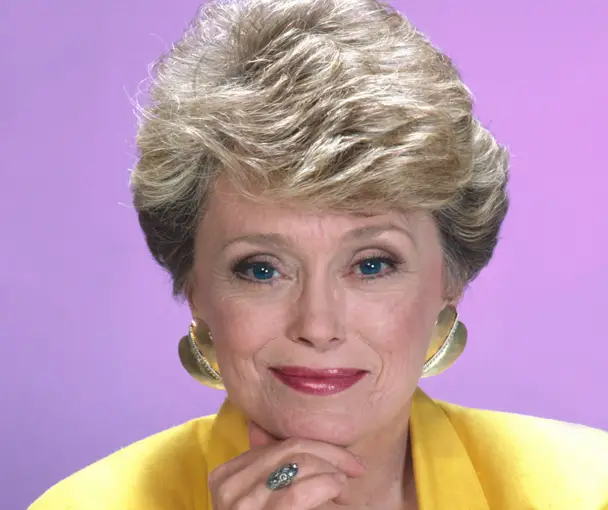
Rue McClanahan’s Blanche was the confident, flirtatious Southern belle who embraced her sexuality in a way that was groundbreaking for older women on TV. However, her character often played into stereotypes about vanity and superficiality.
In a modern context, Blanche would likely still be bold and unapologetically herself, but her character would delve deeper into the complexities of aging and relationships. She might explore themes of self-love, empowerment, and redefining societal expectations for women over 50.
These characters were products of their time, but their legacies continue to inspire. While they’d undergo significant changes to reflect today’s values and storytelling styles, their impact on television history remains undeniable. They remind us how much TV has evolved—and how much it still has to say.


